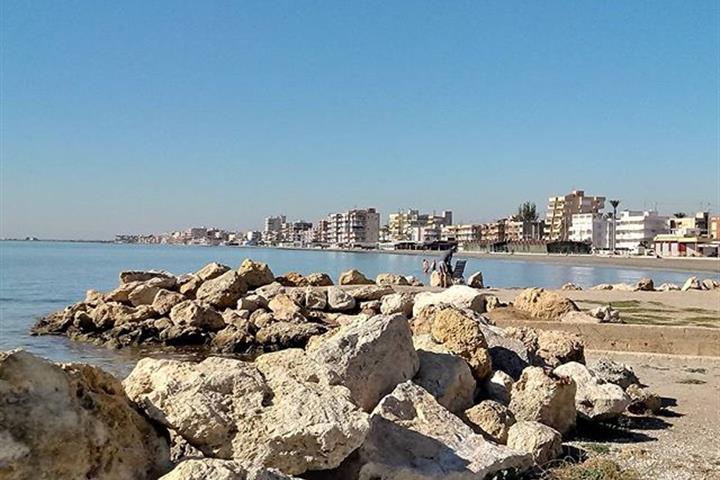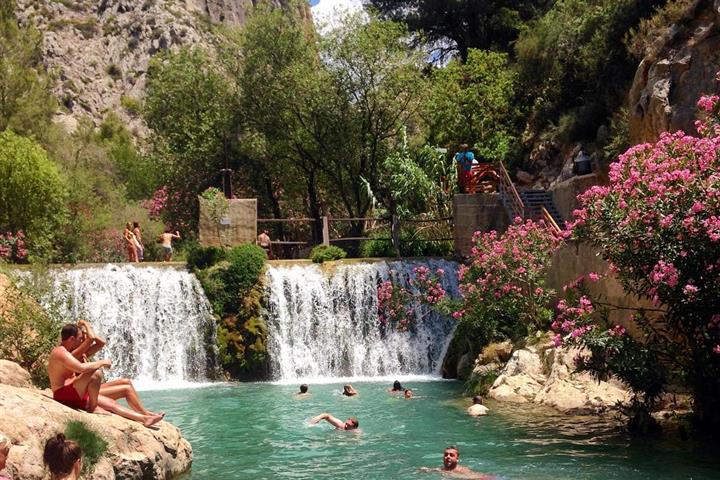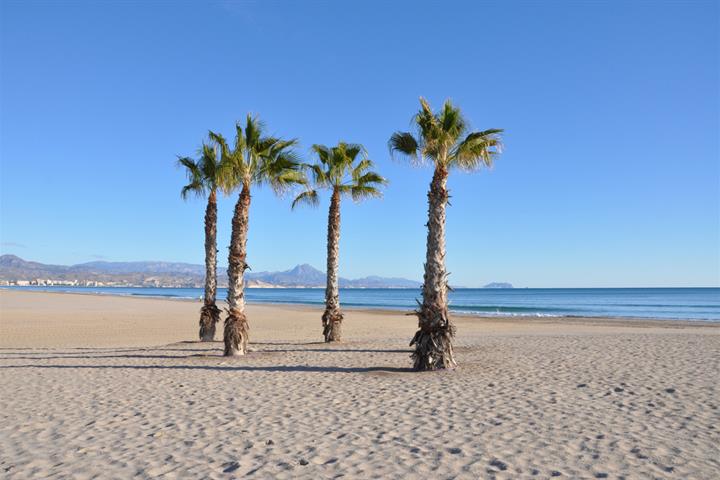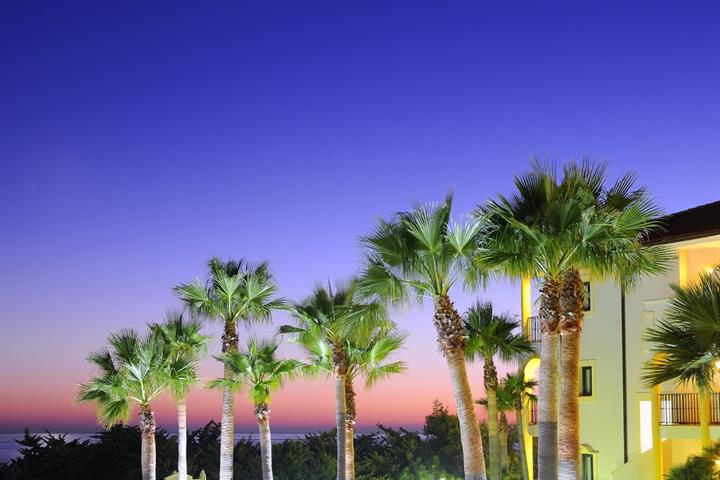Orihuela travel information and video
Holiday information, facts, photos and video about Orihuela
Featured holiday homes in Baja del Segura - Baix Segura
Things to do while you are here
Exciting places to visit in Orihuela
Reviews for Orihuela
Average overall ratings - Based on 20 reviews.
City
Coast
| City: | |
| Coast: |
Submitted by: Encarni
19. Aug 2021
This review is in English
This review is in English
Report abuse
You found this abusive
| City: | |
| Coast: |
Submitted by: Emma
20. Aug 2019
This review is in English
This review is in English
Report abuse
You found this abusive
| City: | |
| Coast: |
Submitted by: Pj Kiely
27. Jun 2019
This review is in English
This review is in English
Report abuse
You found this abusive
| City: | |
| Coast: |
Submitted by: Bryan Trigg
30. Oct 2018
This review is in English
This review is in English
Report abuse
You found this abusive
| City: | |
| Coast: |
Submitted by: Neil Hodgkinson
8. Sep 2018
This review is in English
This review is in English
Report abuse
You found this abusive
| City: | |
| Coast: |
Submitted by: James Hillier
26. Aug 2018
This review is in English
This review is in English
Report abuse
You found this abusive
| City: | |
| Coast: |
Submitted by: Pj Kiely
26. Aug 2018
This review is in English
This review is in English
Report abuse
You found this abusive
| City: | |
| Coast: |
Submitted by: Ben Payne
26. Aug 2018
This review is in English
This review is in English
Report abuse
You found this abusive
| City: | |
| Coast: |
Submitted by: agnus laurent
21. Aug 2017
This review is in English
This review is in English
Report abuse
You found this abusive
| City: | |
| Coast: |
Submitted by: Lieve Maus
2. Aug 2017
This review is in English
This review is in English
Report abuse
You found this abusive
| City: | |
| Coast: |
Submitted by: Pj Kiely
27. Jul 2017
This review is in English
This review is in English
Report abuse
You found this abusive
| City: | |
| Coast: |
Submitted by: tricia beckett
16. May 2017
This review is in English
This review is in English
Report abuse
You found this abusive
| City: | |
| Coast: |
Submitted by: Karsten Larsen
26. Jul 2016
This review is in English
This review is in English
Report abuse
You found this abusive
| City: | |
| Coast: |
Submitted by: liz and alun jefferies
9. Jul 2014
This review is in English
This review is in English
Report abuse
You found this abusive






